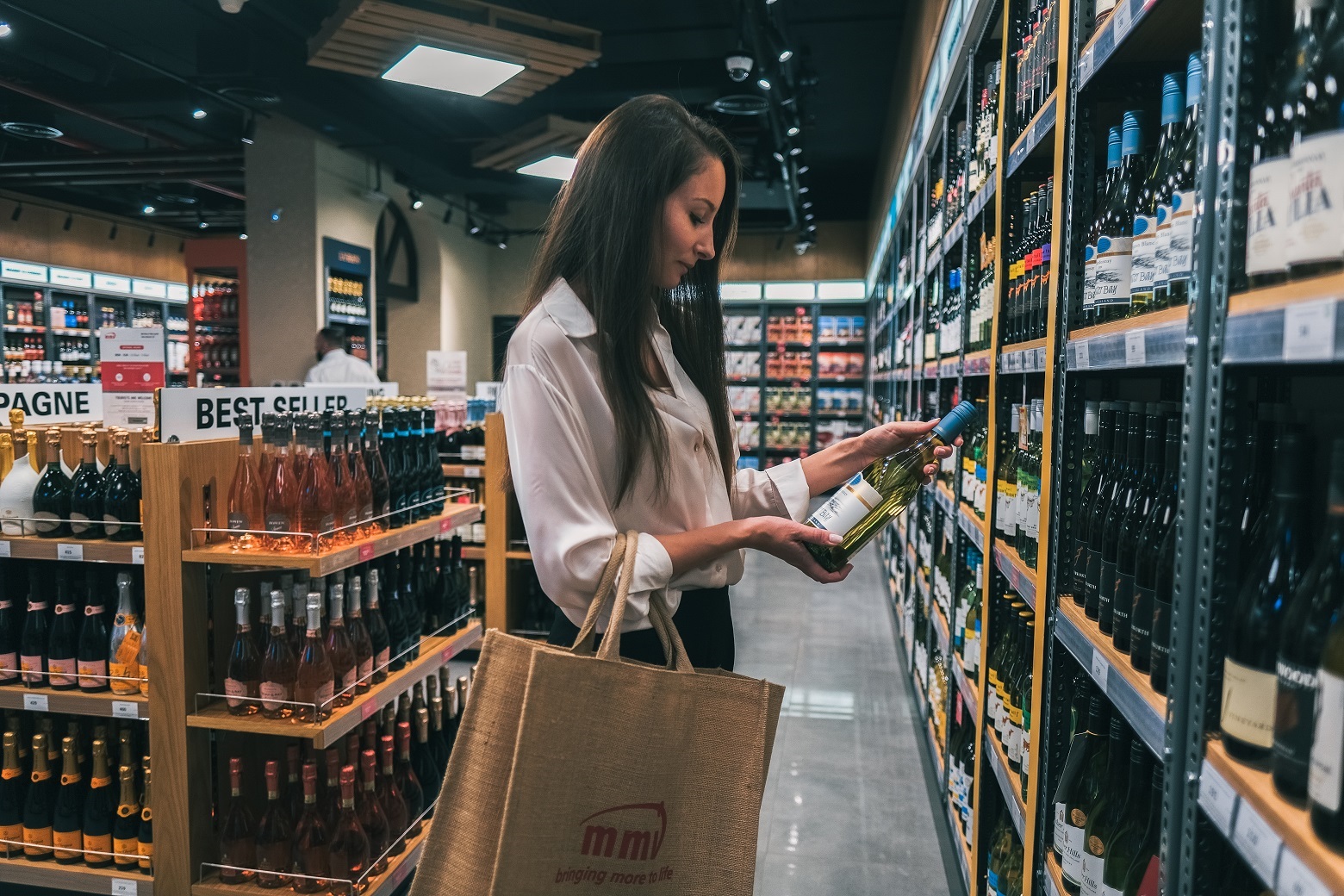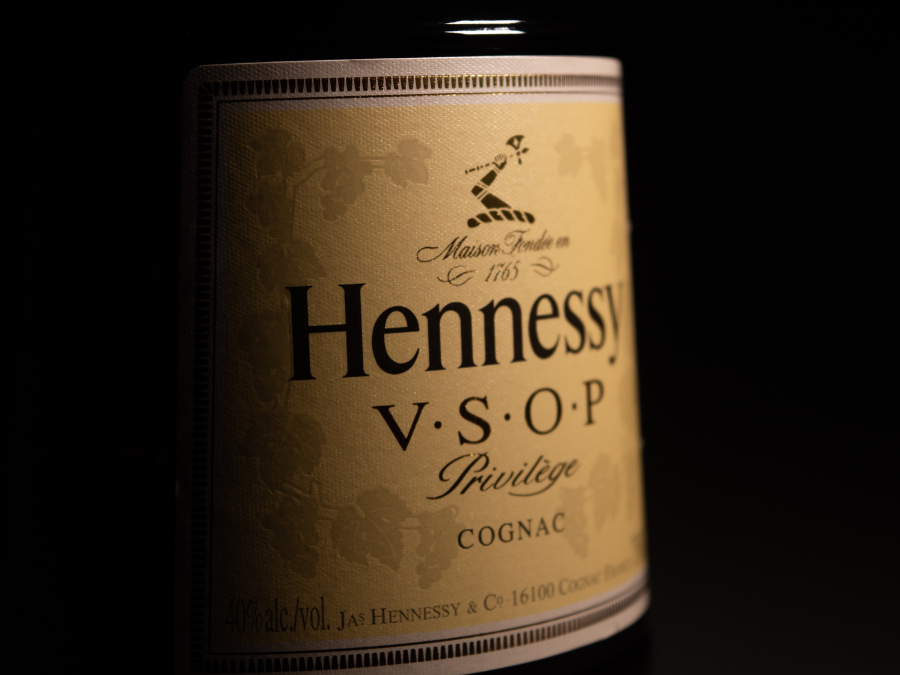
If you created a word cloud of commentary on the wine industry for the last five years, one would stand out: sustainability. It comes up in conversation with wine producers (particularly) but also retailers from Sydney to Seattle; brought up unbidden as they dutifully outline the steps they have taken in the area.
However, not everyone is impressed by the term’s near-constant usage. As one winery that has been highly committed to low intervention, organic and biodynamic production for many years wearily put it: “Nowadays you can call yourself sustainable just by recycling your paper and putting a couple of solar panels on the roof.”
While levels of commitment may vary, there have been obvious shifts. More or less across the industry spraying in the vineyard is being reduced and organic products are replacing chemical. Bottle weights are coming down.
It feels like a different environment from 20 years ago but there is still further to go. As Professor Dr Simone Loose from Geisenheim University in Germany put it at the recent Institute of Masters of Wine conference, future generations will probably be as shocked by 20th-century humans’ willingness to dump greenhouse gases into the atmosphere as we are by medieval villagers throwing sewage into the streets.
Somewhat counterintuitively for a supposedly ‘natural’ industry such as wine, sustainability is a complex issue. The most obvious problem is packaging.
Glass (to which the industry remains largely addicted) is an incredibly energy-hungry product to create, and bottles, with their awkward shape, are inefficient to transport compared to, say, Tetra Pak or cans.
Counterintuitively, plastic bottles have a lower carbon footprint than glass. Not least because the latter is so heavy, though there is some ‘push’ on this matter, not least from eminent wine writer Jancis Robinson. This is pressuring many producers into using more lightweight bottles. For laggards, there is ‘pull’ from retailers that are increasingly specifying maximum bottle weights.
According to Doug Bell, senior principal for product innovation at US retailer Whole Foods Market, consumers can’t tell the difference between a 550g bottle and a 420g version when both are full of liquid, so shifting over is a pain-free gain.
However, when it comes to alternative packaging formats – which are less energy-hungry to create, pack better and transport lighter – change is slow. Research carried out by Geisenheim University during Prowein this year showed that while around half of the trade believe consumers will accept bag-in-box and there are reasonable acceptance levels for cans, paper bottles and PET, there are no signs of a mass switch-over.
“We creep along at snail’s pace but we can’t do that anymore as a community”
Doug Bell, Whole Foods Market
Fewer than one in five retailers, for instance, intend to introduce canned wines over the next two years, while only one in ten producers are planning to make them.
With glass accounting for over half of wine’s carbon footprint, Bell says this failure to grasp the initiative could be putting the industry at odds with the end consumer.
“We creep along at snail’s pace but we can’t do that anymore as a community,” he says. “There is energy for major change. But, if we don’t [change], it’s going to eat our industry. We are now beginning to understand what our industry takes from the earth.” Consumers, says Bell, are looking at things in two ways: “What’s good for me [healthwise], and what’s good for we – the planet.”
The wine industry has been working towards greening up its act for over a decade. Where vineyards used to be bereft of any life bar the vines, now there is a significantly more holistic approach on sustainability and wine producers are often as happy to talk about the microbial and insect content of their soils and their cover crop regime as they are about the plants themselves.
Nowhere is this seen more clearly than in Bordeaux. The region reduced its carbon footprint by 24% from 2008 to 2020 and plans to reduce it by as much again over the next ten years. The plan, laudably, is to be fully carbon neutral by 2050.
In the Médoc, an estimated 80% of chateaux are engaged in organic, biodynamic or Haut Valeur Environmentale (HVE) production, though not all are certified. This is a common refrain around the world, where growers often say they farm organically without seeking accreditation. Partly this is to save money since the certification processes are typically time-consuming and expensive. But growers often also like the safety net of being able to use non-organic / non-bio methods in emergencies.
With vintages ever more erratic and livings on the line, such pragmatism is understandable. But the lack of full accreditation also makes it hard to communicate ecological efforts to the consumer. There’s no official label stamp that says “organic but not certified”.
What do wine drinkers want?
A further complication seems to be that while consumers tell market researchers they would be happy to pay more for bottles with sustainable credentials, their actual behaviour in the aisles suggests otherwise. Shoppers might expect and applaud planet-friendly production methods but the contents of their basket indicates that price usually trumps ethics.
Perhaps because of this, there is some disagreement regarding who has the responsibility for informing the general public about the sustainability measures the wine industry is undertaking.
Producers think that since they’re often the ones footing the bill for sustainability, the least that gatekeepers could do is tell people about their efforts; retailers, meanwhile, point out they’re in the business of selling, not education.
The sustainability education issue gets even more vexed in China, where most wine consumers (and certainly the Gen X ones) are not on the same page as their western counterparts at all.
“In China, wine is not just a beverage, it’s a treat, with clients or when you give gifts,” says Judy Chan, the CEO of Grace Vineyard. “I can’t find lighter bottles [there]. Heavy bottles are what the producers buy because it’s what the consumers like. We don’t have the power to tell customers what they should and shouldn’t do.”
At the other end of the scale, Sweden’s Systembolaget is taking advantage of its (present) monopoly status to push through an ambitious programme of sourcing that takes into account not just a product’s flavour profile but also its “sustainability performance” in social/human rights and environmental impact.
Eight out of ten Swedish customers say they want to make sustainable choices and expect their retailers (whether drink or otherwise) to help them do just that. To that end, Systembolaget has selected a range of “most sustainable beverages” where sustainability information appears on each drink’s on-shelf information, along with food-match suggestions, price, flavour etc.
It’s part of an ambitious plan by the retailer to halve its emissions by 2030 and the need to gather carbon footprint data for every product they sell is forcing suppliers to up their game.
“Systembolaget cannot do this on our own, we are dependent on producers,” says sustainability manager Marcus Ihre. “And we cannot rely on the customers [to drive this]. We need to have our own compass, our own belief. Doing the right thing is very important.”
Whole Foods’ Bell agrees. “To make the wine industry truly sustainable we all have to be on the same page telling the same story,” he says. “It can’t be fully told on a back label or a shelf tag. We’ve got to all say it.”
Elsewhere on Just Drinks: Are ‘carbon neutral’ claims dead?

